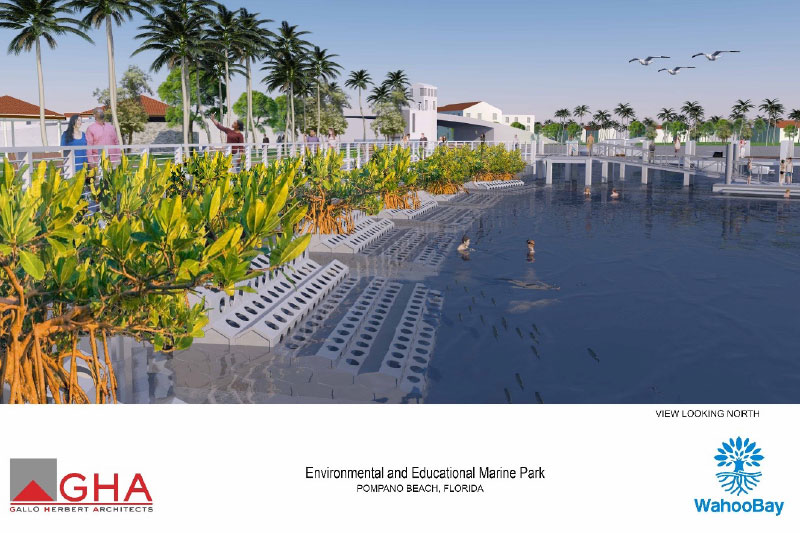
Summary
|
Seawalls are a common hard solution utilized to improve community safety in the face of high-intensity storms and flooding. However, such structures typically do not provide a hospitable environment for biodiversity; seawalls on average support 23% lower biodiversity and 45% fewer organisms than natural shorelines. Conversely, "living shorelines" are often considered as the ideal eco-friendly protection barrier but they are not generally applicable in areas with small footprint availability and/or harsh wave conditions and high storm surges. In such areas, improvements over traditional solutions in both engineering and ecological performance are possible with novel green engineering solutions. This project explores an ongoing SEAHIVE™ pilot installation as a paradigm of a green engineering protection. SEAHIVE™ is an engineered marine and estuarine protection system under development at the University of Miami (UM). The working hypothesis is that by reviewing the design of the system proposed, assessing its as-built engineering and ecological performance through in-situ measurements, and working closely together with stakeholders in the analysis of the related legal and governance frameworks, key parameters, challenges and ways around them for the development, deployment and acceptance of novel green engineering solutions, such as SEAHIVE™, will be identified.
|
Team
|
Landolf Rhode-Barbarigos (Civil & Architectural Engineering), Brian Haus (Ocean Sciences), Antonio Nanni (Civil & Architectural Engineering), Rafael Araujo (Marine Biology and Ecology), Prannoy Suraneni (Civil & Architectural Engineering), Arthur Gleason (Physics), Esber Andiroglu (Civil & Architectural Engineering), Renee Evans (Learning Innovation and Faculty Engagement), Evan D'Alessandro (Marine Biology and Ecology) |




